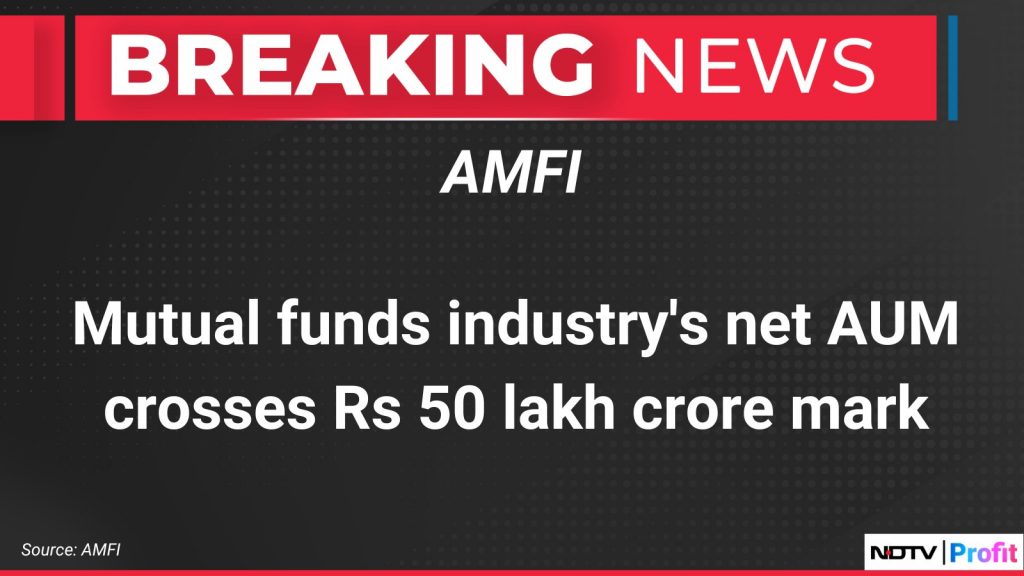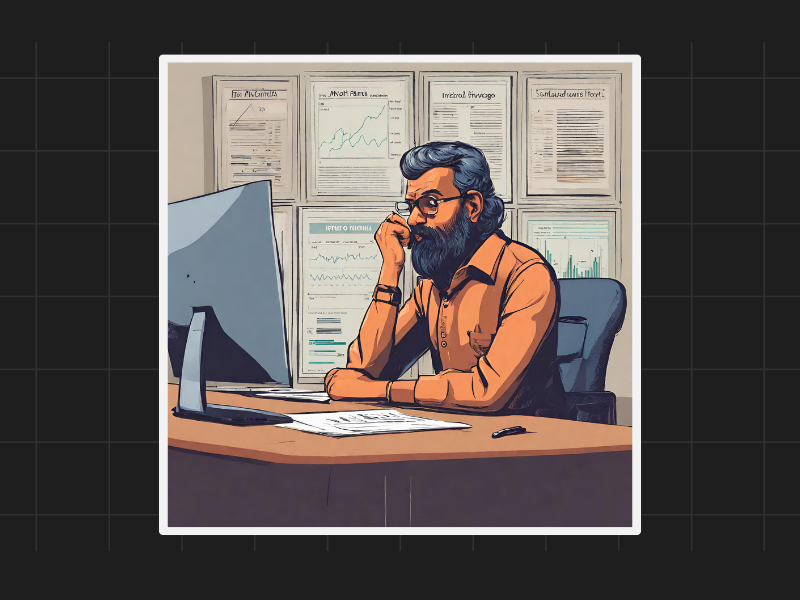The Challenge of Managing Large Mutual Fund Portfolios
With the recent news that the Association of Mutual Funds of India has announced that the net assets under management (AuM) in the mutual fund industry has crossed the 50 lakh crore mark, it is evident that the industry is experiencing significant growth. This surge in AuM is quite impressive, considering that just three years ago, the figure stood at around 25 to 30 lakh crores. The industry has been growing at a compound annual growth rate (CAGR) of approximately 20% in terms of inflows.

While this growth seems positive, there are some challenges that arise with managing such large portfolios. As retail investors, we often overlook these challenges, but they play a crucial role in the performance and limitations of mutual funds. In this article, I will shed light on the problems faced by mutual fund managers when dealing with substantial assets and the implications for investors.
When a mutual fund portfolio manager is responsible for investing 50,000 crores, they need to handle an extensive list of stocks. Assuming an average mutual fund portfolio consists of around 50 stocks, the manager would need to allocate approximately 1,000 crores to each stock. This allocation presents a significant issue when it comes to executing buy and sell transactions.
For example, let’s say the fund manager wants to buy two new stocks. To make these purchases, they would first have to sell off 1,000 crores worth of existing stocks and then allocate 1,000 crores to the new stocks. However, finding such large volumes of stocks in the market, especially beyond the top 200 stocks, can be extremely challenging. Even within the top 200 stocks, it can be difficult to acquire the desired quantities.
To overcome this obstacle, the fund manager would need to negotiate with other institutions, such as other mutual funds, foreign institutional investors, family offices, or even the stock’s promoter. These negotiations would involve reaching a mutually beneficial deal and then executing the buy and sell transactions on the market screen. The entire process becomes increasingly complex when managing a large fund because the fund manager’s actions can significantly impact the market.
If a fund manager attempts to buy 1,000 crores worth of a mid-cap stock ranked 222nd, they will face numerous hurdles. The limited availability of such stocks and the market’s reaction to their buying can lead to delays in execution. As a result, the market may experience consecutive circuit breakers for up to three days, giving other market participants an opportunity to front-run the fund manager. This scenario highlights the limitations of larger funds, as they are restricted to selecting stocks from a limited universe, typically the top 200 to 300 stocks.
On the other hand, smaller retail investors have an advantage in this regard. When managing their own portfolios, they can explore stocks beyond the top-ranked ones without disrupting the market. Retail investors can freely buy and sell stocks from the entire pool of approximately 2,000 stocks in the market. This freedom allows them to take advantage of opportunities in the mid and small-cap segments, which may be inaccessible to larger fund managers.
Due to these limitations, the performance of mutual funds with significant AuM often falls short of what nimble-footed smaller players can offer. The ability to swiftly navigate the market and take advantage of opportunities is a significant advantage for smaller managers and retail investors alike. Smaller players, who value performance over simply accumulating AuM, recognize the disadvantages of becoming too large and, therefore, intentionally maintain a smaller portfolio size.
It is essential for investors to grasp the substantial impact the size of a fund can have on its performance. While some managers prioritize AUM growth and continue to accumulate assets without regard to performance, those who prioritize performance recognize the challenges associated with managing large portfolios. As investors, we must be mindful of these factors and choose funds accordingly.

If you have any questions, please write to support@weekendinvesting.com









